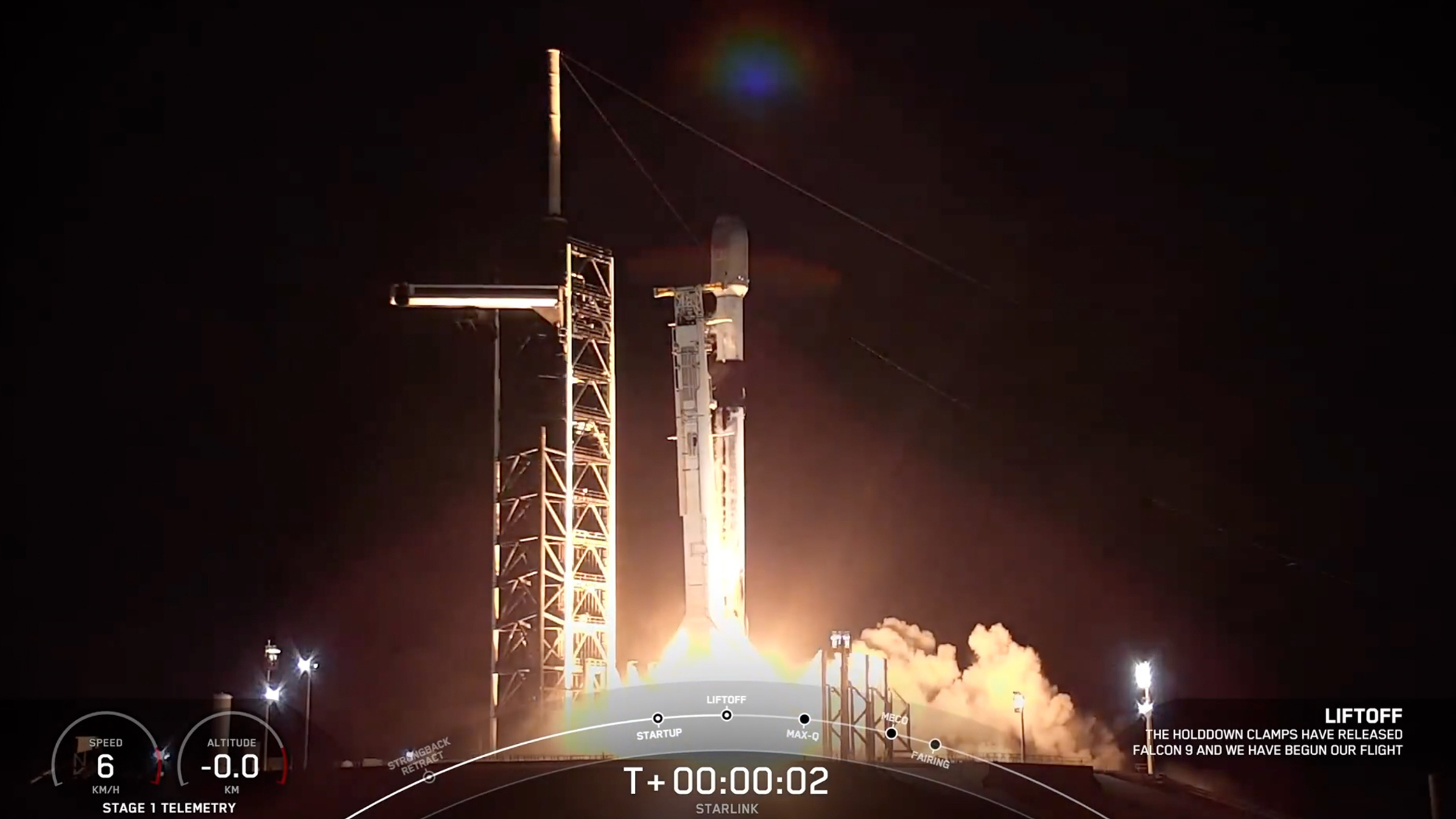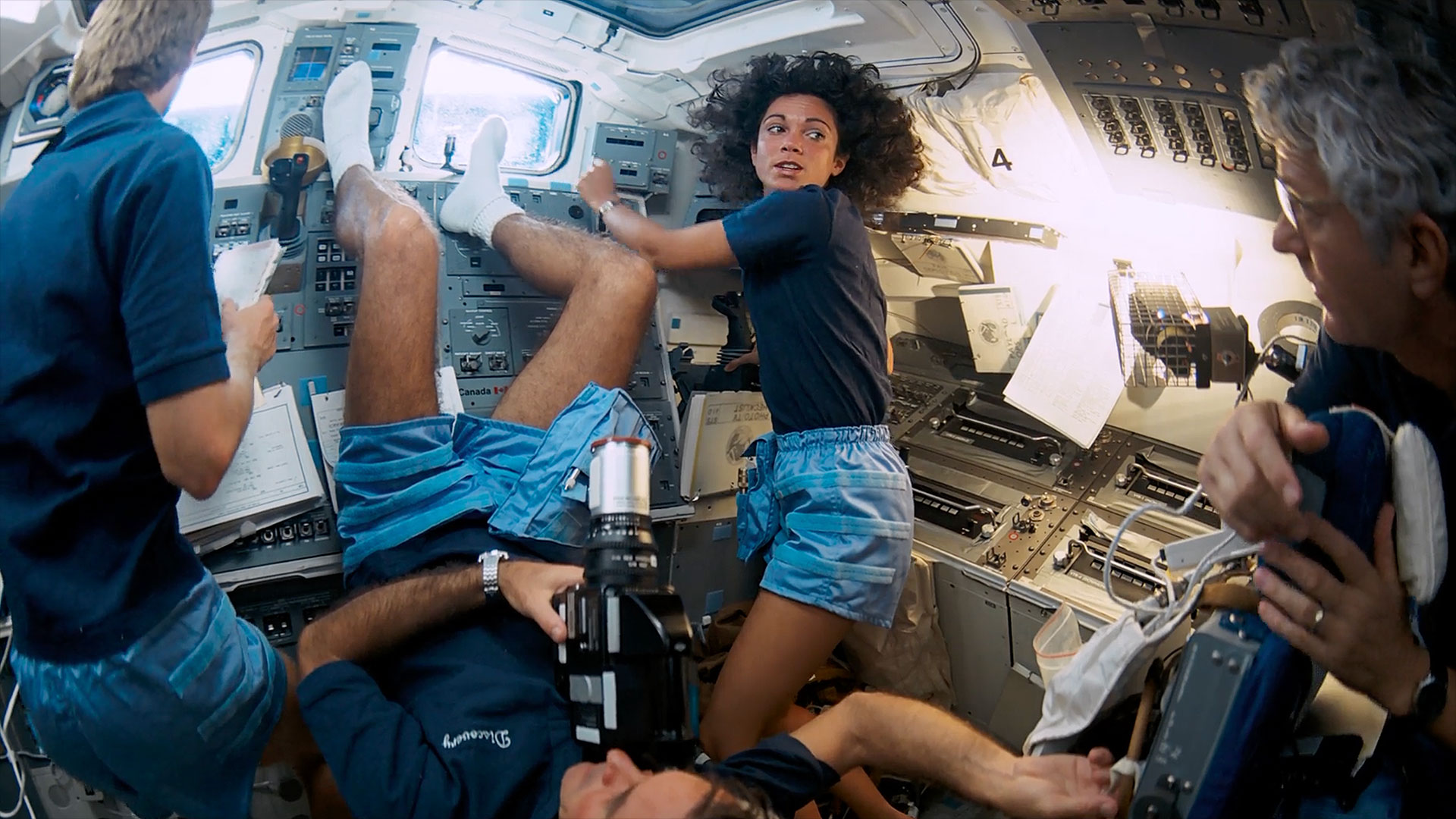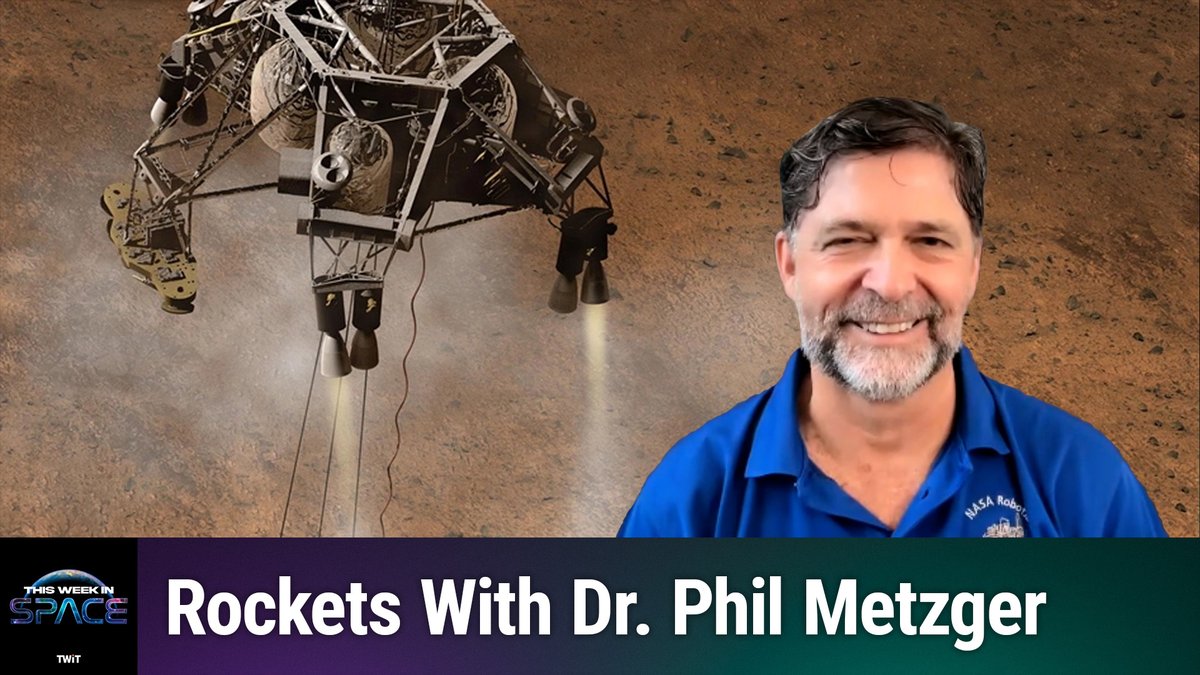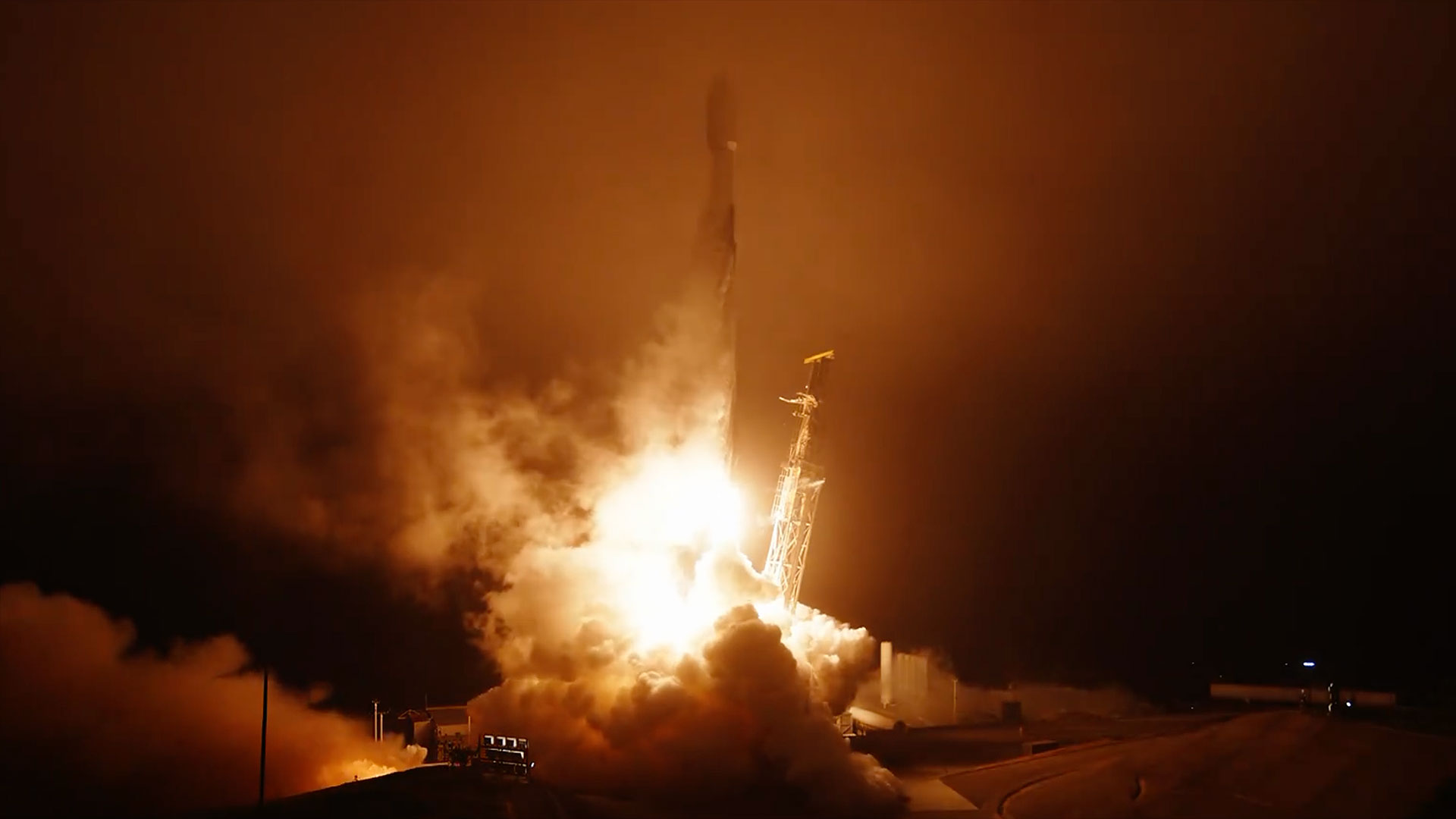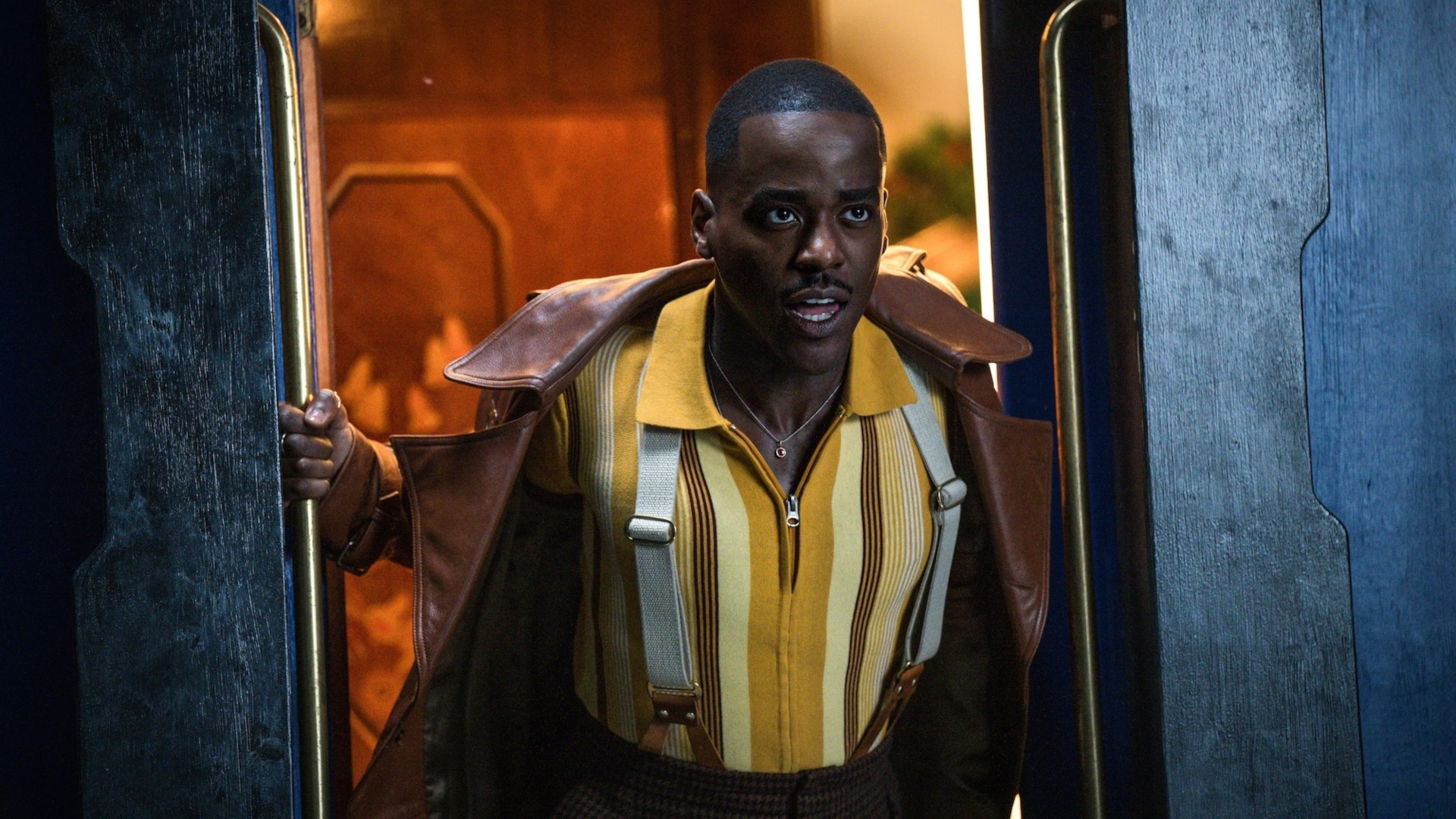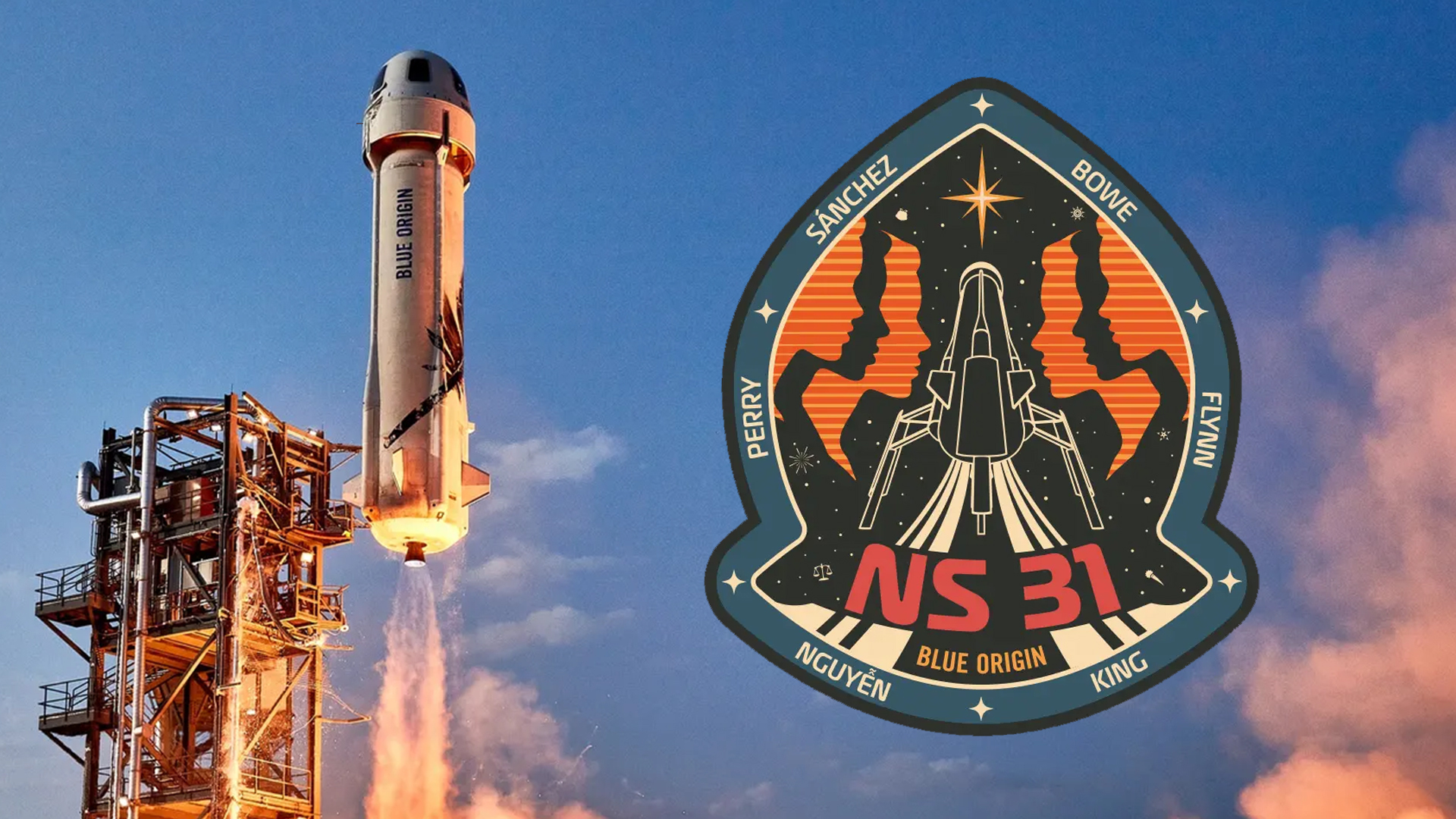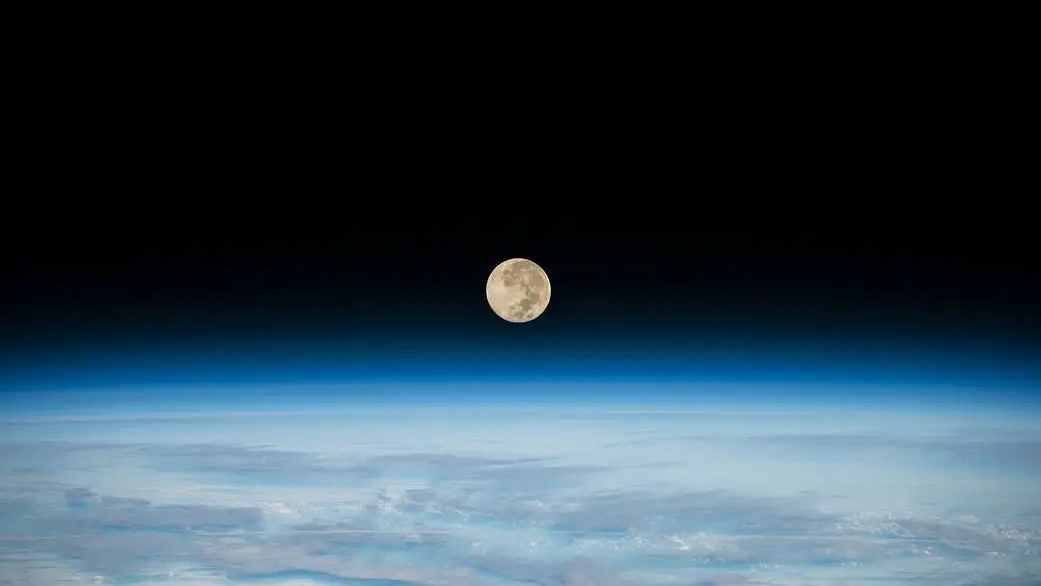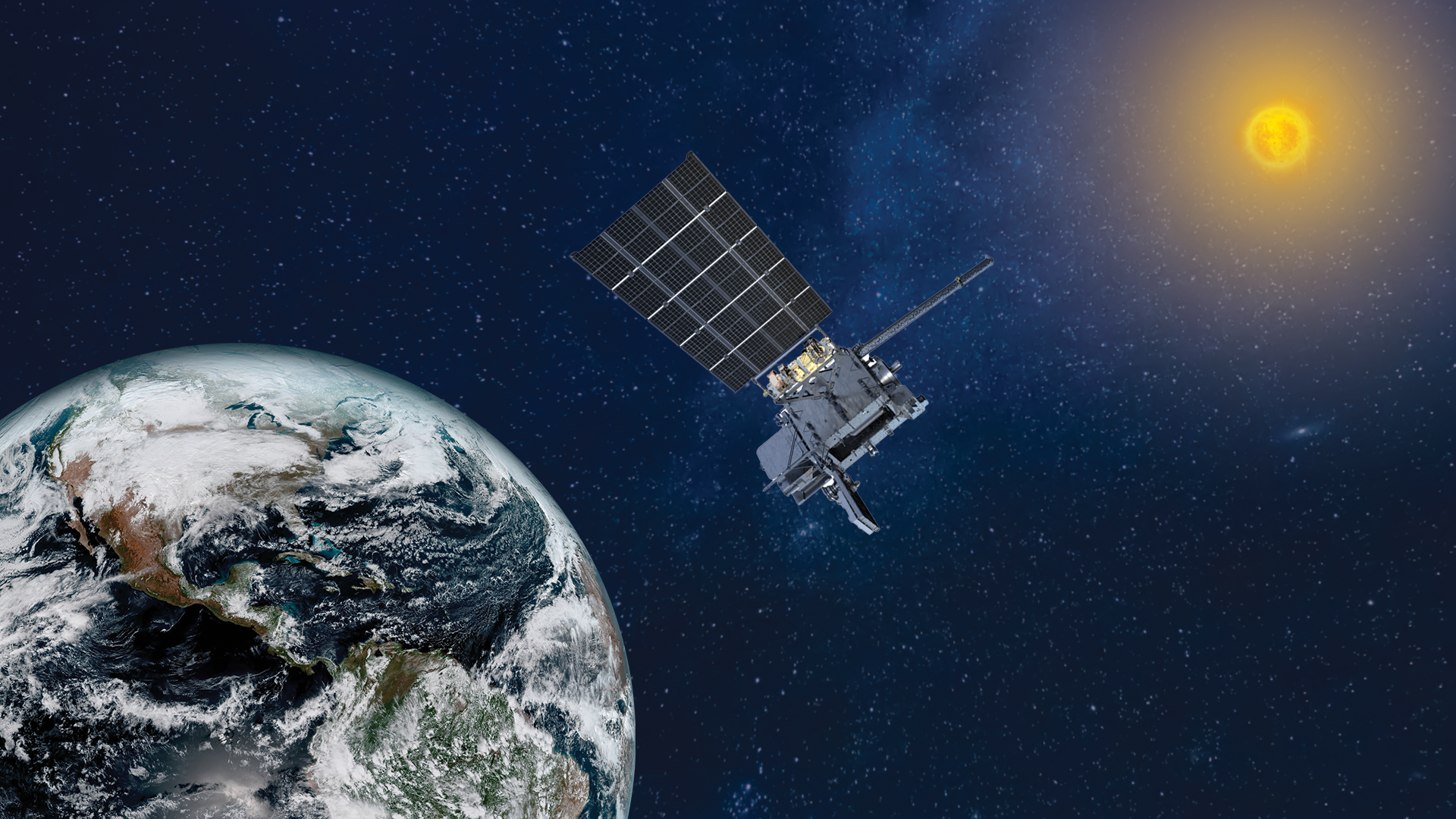Japan's Resilience lunar lander prepares for 1st swing around the moon
The flyby is a gravity assist that will save the spacecraft fuel as it prepares to land on the moon.
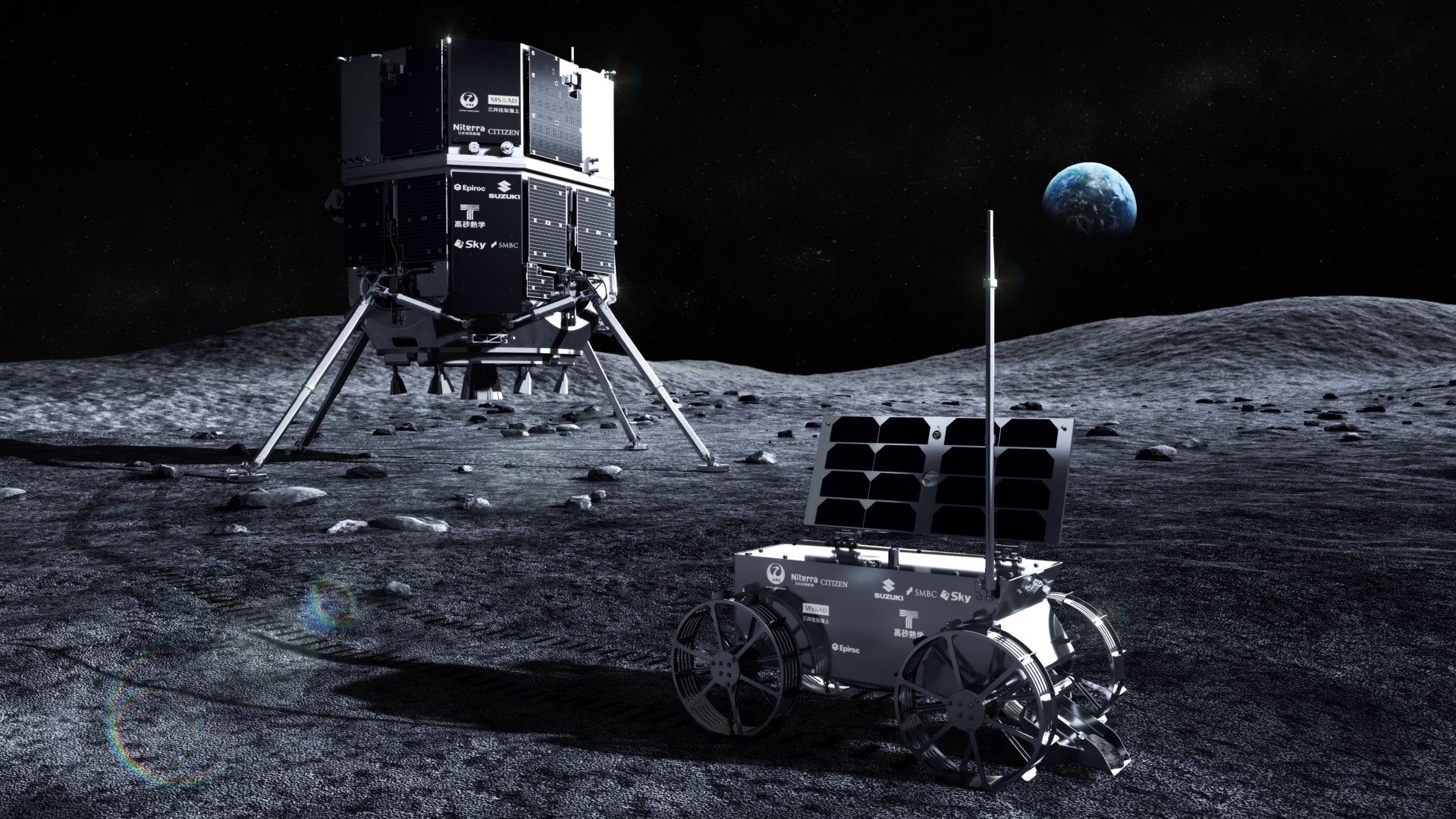
The second lunar lander from Japanese space exploration company ispace is ready for a flyby of the moon as part of its elongated moon landing journey.
ispace's Resilience lander launched on Jan. 15 atop a SpaceX Falcon 9 rocket, along with Firefly Aerospace's Blue Ghost lander. It is taking an energy-efficient, circuitous route to the moon, and only last week performed a crucial maneuver to raise its orbit and set up the lunar flyby.
The flyby is a gravity assist that will save the spacecraft fuel, altering the spacecraft's trajectory into a low energy transfer. That means the maneuver will set up a later rendezvous with the moon that will allow Resilience to enter lunar orbit with a much smaller engine burn than required for a more traditional, direct four-day trip to the moon.
"During the flyby the Resilience lander will experience the biggest change in velocity of the mission, and yet, due to the way gravitational forces work, it will not actually feel any acceleration," ispace stated in a Feb. 13 post on social media platform X.
"The moon will pass by so closely that it will alter its [Resilience lander] trajectory into the second orbital phase of the mission, the low energy transfer. And that is the lunar flyby!," another post on Feb. 12 stated.
ispace did not reveal a precise time of the flyby, stating on X on Feb. 12 that it would take place on Feb. 14 (UTC) but later posting on Feb. 13 that the event was two days away. Resilience was 286,000 miles (460,000 kilometers) away from Earth on Feb. 12, out beyond the distance of the moon.
The RESILIENCE lander is currently approx. 460,000 km from Earth—farther than the Moon—as it continues on its journey!Last week, our Operations engineers successfully executed the critical maneuver that set RESILIENCE on its path for lunar flyby, expected to take place on Feb.… pic.twitter.com/eNrHo67mM3February 12, 2025
The spacecraft may take the opportunity to test sensors and return images of the moon from its close approach with our celestial neighbor. Resilience recently imaged Point Nemo, the most remote place on our planet, while still relatively close to the Earth.
Get the Space.com Newsletter
Breaking space news, the latest updates on rocket launches, skywatching events and more!
Resilience is expected to attempt to land in Mare Frigoris ("Sea of Cold") in the northern hemisphere of the moon around late May or early June. The lander carries a range of payloads including the Tenacious micro rover for mobile exploration.
Meanwhile, Resilience's flight partner, the Blue Ghost lander, is all set to reach lunar orbit after a translunar injection burn on Feb. 8.
Join our Space Forums to keep talking space on the latest missions, night sky and more! And if you have a news tip, correction or comment, let us know at: community@space.com.

Andrew is a freelance space journalist with a focus on reporting on China's rapidly growing space sector. He began writing for Space.com in 2019 and writes for SpaceNews, IEEE Spectrum, National Geographic, Sky & Telescope, New Scientist and others. Andrew first caught the space bug when, as a youngster, he saw Voyager images of other worlds in our solar system for the first time. Away from space, Andrew enjoys trail running in the forests of Finland. You can follow him on Twitter @AJ_FI.
